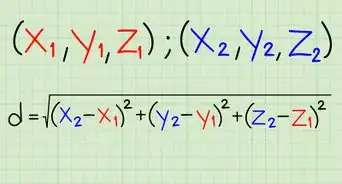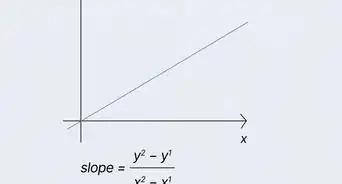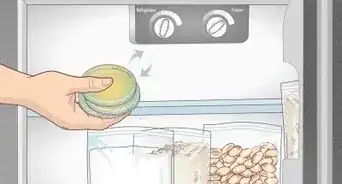This article was co-authored by wikiHow staff writer, Hannah Madden. Hannah Madden is a writer, editor, and artist currently living in Portland, Oregon. In 2018, she graduated from Portland State University with a B.S. in Environmental Studies. Hannah enjoys writing articles about conservation, sustainability, and eco-friendly products. When she isn’t writing, you can find Hannah working on hand embroidery projects and listening to music.
This article has been viewed 4,994 times.
Learn more...
Learning about scientific notation and stuck on a multiplication problem? While these equations may look daunting at first, they’re actually pretty easy to calculate once you know the right steps to take. In this article, we’ll walk you through multiplying numbers in scientific notation and give you examples to follow along with, too.
Things You Should Know
- To multiply scientific notation, first multiply the coefficients, then use the rule of exponents to multiply the bases.
- If the new coefficient is less than 10, multiply the new number by the new power of 10 to get your solution.
- If the new coefficient is more than 10, convert it to scientific notation and multiply it by the new power of 10.
Steps
References
- ↑ https://web.lemoyne.edu/giunta/chm151L/scinot.html
- ↑ https://flexbooks.ck12.org/cbook/ck-12-interactive-middle-school-math-8-for-ccss/section/9.8/primary/lesson/multiplying-dividing-numbers-in-scientific-notation-msm8-ccss/
- ↑ https://janus.astro.umd.edu/astro/scinote/help.html
- ↑ https://web.lemoyne.edu/giunta/chm151L/scinot.html
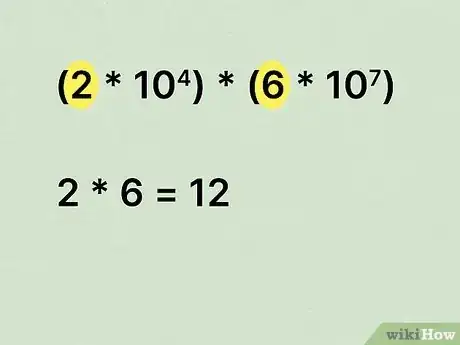


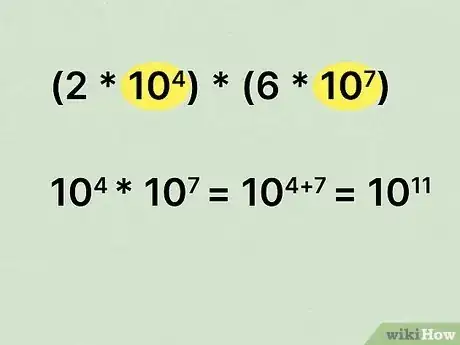



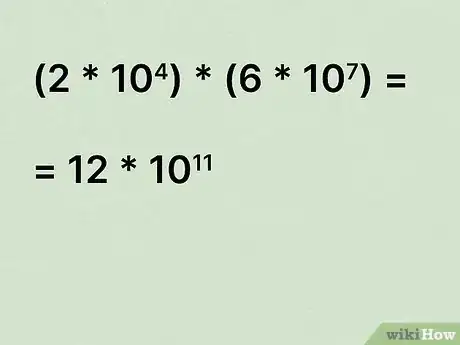

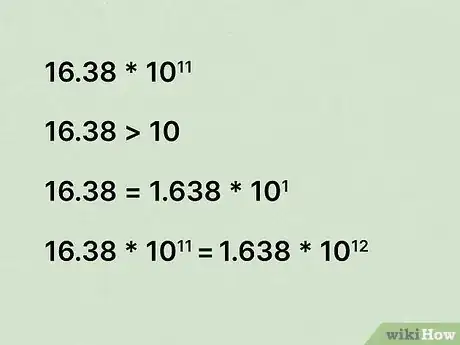










-Electric-Shock-Step-9.webp)
